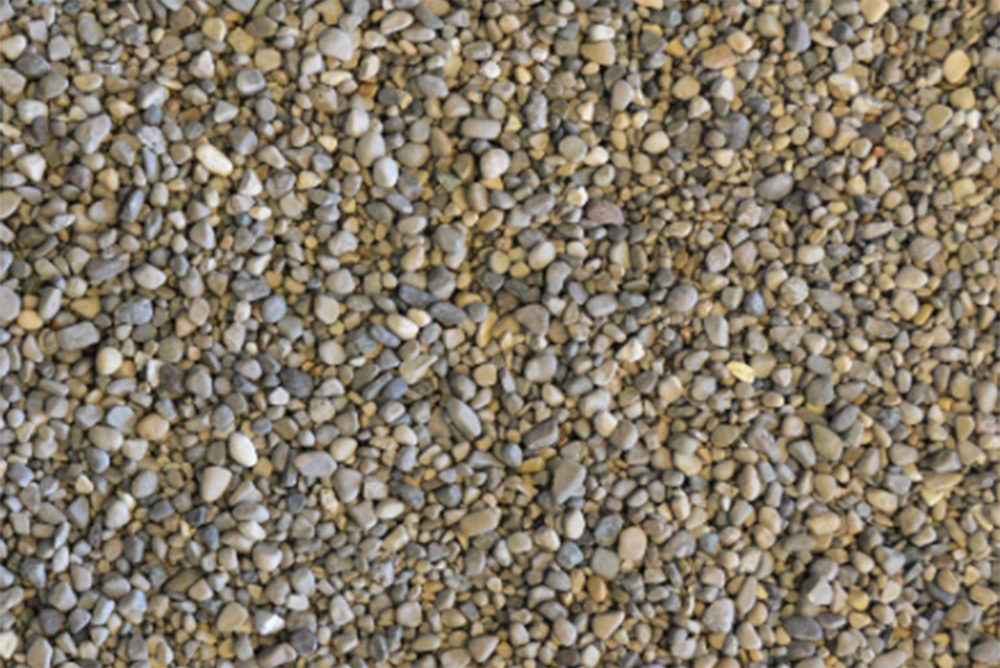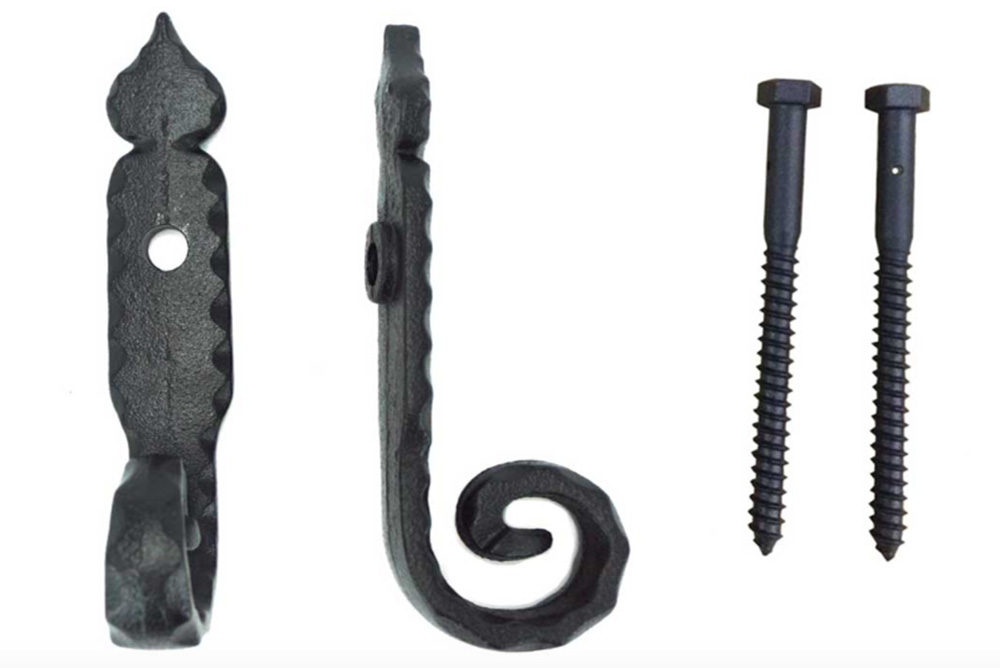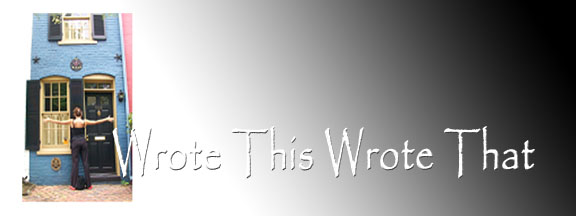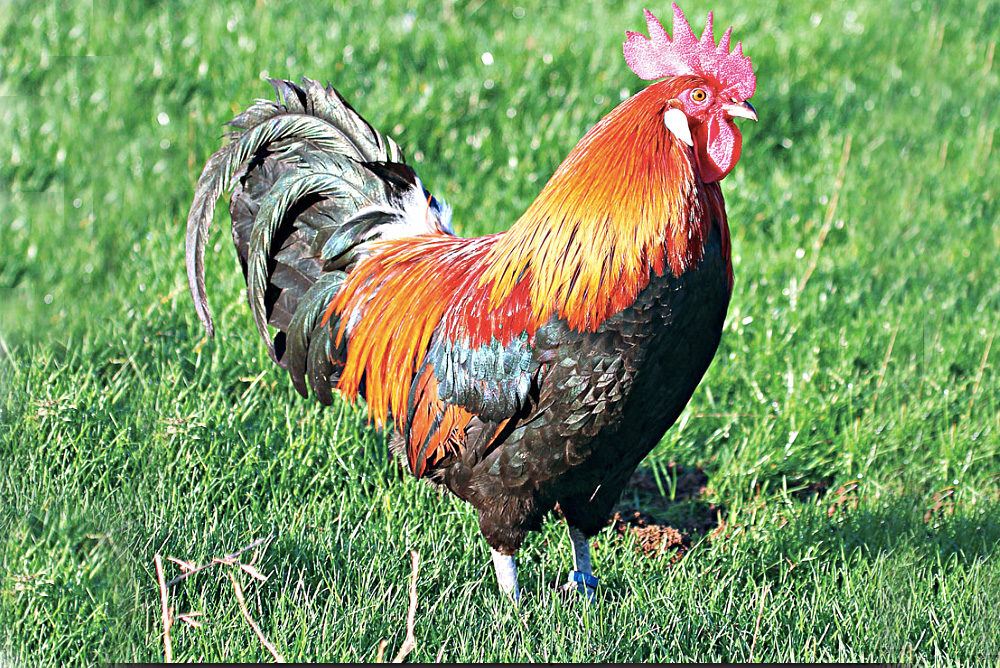No one Here But Us Chic-uns.
I GOT SO INSPIRED by Bastille Day last week, I began musing on the nature of the French jardin, preferably a Provençal one. Follow this simple path and be transported. Allons-y!1. Start with a chair. You know the one. Bamboo framed and laced with black and white webbing. (It couldn’t always have been plastic . . . it must have been something else at another time. Lambskin? But plastic will do.) Set one or four in the garden and you have instant France—poof!
 |
| From Terrain, a 10-foot-long reclaimed teak dining table, $2,898 at shopterrain.com. |
 |
| Bulk pea gravel is $333.50 for 5 yards (whatever that means) at The Home Depot. |
 | ||
| Cast-iron rat-tail shutter dogs, sold in pairs, | $18.50 the pair from John Wright. jwright.com. |
5. While a case might be made for a border or pots of lavender, there is no plant more quintessentially French than the hydrangea, or more exactly, the blue hydrangea, which is the blue of an utterly cloudless sky after a rain, when all of the humidity has blown to Des Moines or Baton Rouge. You might flank the door with boxwood topiaries, or you can move the lemons and such from the orangery to the gravel for the summer, but the hydrangea is the essence of it all.
Now wield your secateurs and élaguer* a few branches for the table. Ah….

6. Yes. The table, by which I mean the table setting. Again two choices. Either white stoneware, the sort with the raised pattern along the border (I passed up a set at Miss Pixie’s reclaimed furniture a few years ago that I still kick myself over. Baby told me I had quite enough china. Oh, why do I ever listen to her?). Pair this with ivory-handled dinnerware and jelly glasses, and pick out a minor color from the tablecloth for your napkins, which must be cloth, not paper (see below).
Big linen or damask napkins to catch the juices of the poulet are essential: They are easier to care for than you might expect. Wash them, fold them over once and stretch them flat. They will dry quite smoothly, and be softer to the lip than napery flattened with starch and an iron.
7. Ah yes, the chicken. I’m so glad I brought that up. You want to look really French? There is nothing like having a few chickens pecking the pea gravel. Consider the Coucou de Rennes, such fun to say! And the Gauloise Dorée sounds decadently like smoking, which you really should take up. They’ll wander around your ankles as you dine, and if the clucking gets too irritating you can always eat them.
8. Now add music. While youthful French President Macron exhibits a fondness for the electronic dance music of Daft Punk, we’ll bet that First Lady Brigitte prefers Piaf. Create a Piaf station on Pandora and pipe it onto the patio. Pandora will automatically increase your level of cool, adding everything from Carla Bruni to Serge Gainsbourg to the mix.
9. Do have a ruin in the background, if at all possible.
10. You can also add olive trees, grapevines, fountains or a reflecting pool with swans. (Swans are important, without them the pool and garden might verge on Italian, which is somewhat similar, but much louder, and features lasagne.)
*Merci, Violette Capelluto-Schor. Élaguer means to prune.
—Stephanie Cavanaugh
LittleBird
Stephanie often has visions like this. To read earlier visions (um,
columns), type Green Acre in the Search box at the top of the page.


No comments:
Post a Comment